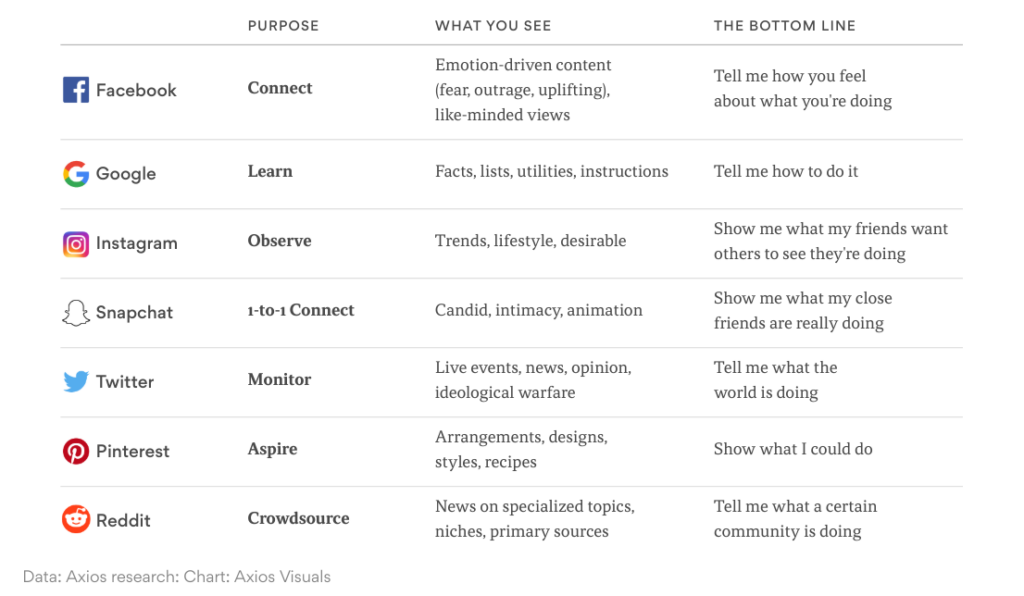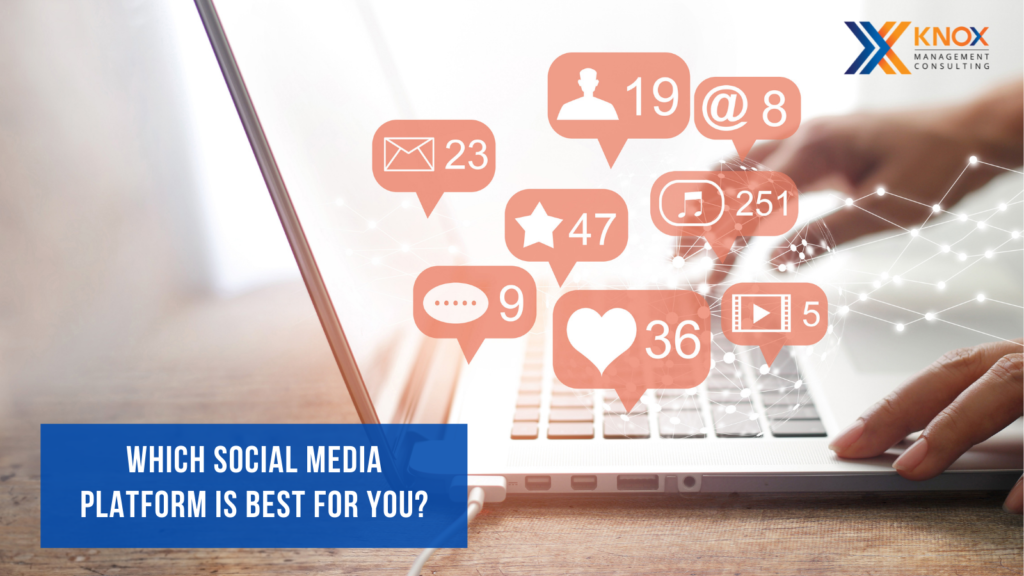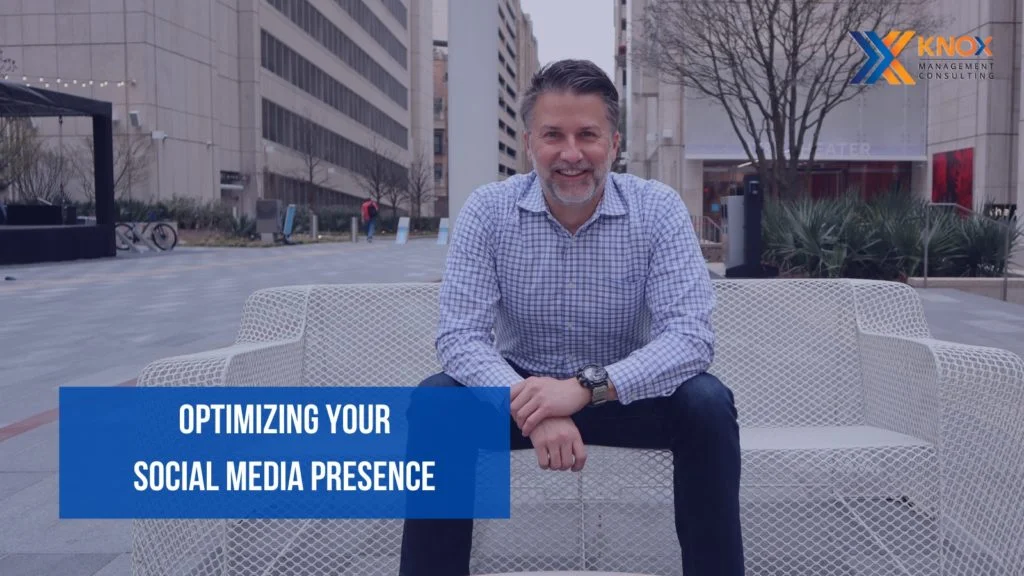Since the launch of Facebook in 2004, we have seen several social media platforms emerge (and fizzle away). In fact, in the last decade, the amount of people using social media has increased from 970 million in 2010 to 4.48 billion users as of July 2021.
So, of course, the big question is: With dozens of platforms coming and going and billions of people to reach, how can companies and content creators choose the most effective platforms for their brands?
While there is no “best” platform, there are features that make them unique and can be used to optimize your content for maximum reach.
Here are a few pros and cons of some of the most used social media platforms.

Pros:
- Facebook has the largest and most diverse user base of all social media platforms (2.7 billion), so it is a highly effective tool for targeting your desired audience.
- Facebook’s robust marketing capabilities (i.e. ad formats, targeting options and measurement tools) can be used to reach customers at just about any stage of the sales funnel.
Cons:
- Younger audiences are shying away from Facebook and using more video-first platforms, like Snapchat and TikTok. Be sure you know your target audience.
- Organic reach is decreasing on Facebook, which means unless you are paying for targeted ads, your content is less likely to be seen.
YouTube
Pros:
- Marketing on YouTube increases Google searchability. By creating high quality video content that complements text, more backlinks to your site are generated, which help you get found on Google more often.
- Customers prefer video content over text only and retain 95% more information.
Cons:
- Related videos that are automatically suggested to viewers do not always align with your brand’s message.
- Competitors can run ads around your video, which could be a potential threat to your marketing strategy.
Pros:
- 50% of users say they purchased a product or service after seeing it on Instagram, which presents a major opportunity for generating sales.
- Instagram ads are completely customizable and offer a range of options, so you can adjust them based on your audience profile and your marketing goals.
Cons:
- Instagram’s algorithm and the type of content it favors changes somewhat often, which can interfere with your content strategy.
- Links can only be made available in your bio, or users with 10,000 followers or more can use the Swipe Up feature in Instagram Stories.
TikTok
Pros:
- 62% of TikTok users are under 30 years old, so if you’re Gen Z and younger millennials, this platform can be very effective at reaching them.
- TikTok makes creating quality video content easy with its built-in editing capabilities. All you need is your phone!
Cons:
- TikTok ads have low engagement, so links to external web pages have low click through rates.
- TikTok ads are more expensive to run than Facebook and Instagram ads, so it is not the best platform for building campaigns unless you have a large marketing budget.
Pros:
- Twitter’s native analytics are informative and available to download as a CSV, so you can use social insights to improve your content strategy.
- Twitter’s open API allows for a wide array of integrations for automation and social listening.
Cons:
- The average shelf life of a tweet isn18 minutes, the shortest post lifespan of all social media platforms, which means regular tweeting is essential to maintaining brand awareness.
- Twitter is the least profitable platform in terms of generating revenue, but if you are in the media business regular tweeting is essential to establishing authority and credibility.




